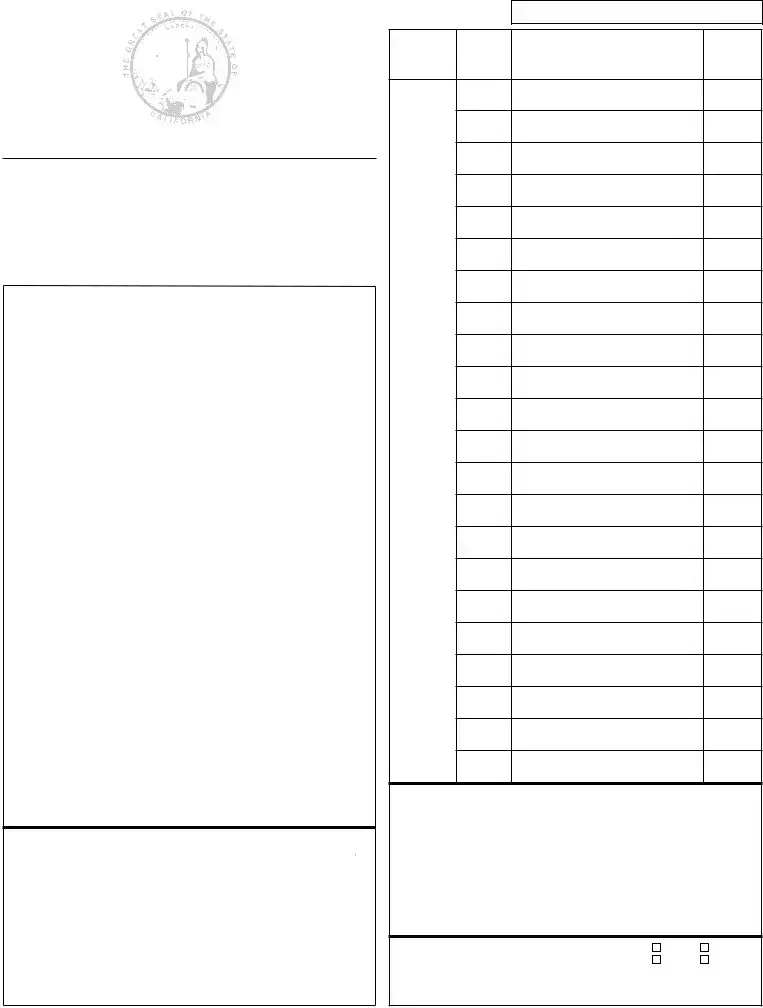What is the purpose of the Immunization Record form?
The Immunization Record form serves as an official document to track vaccinations a person has received. It includes vital information such as the types of vaccines administered, the dates of vaccination, and any reactions to the vaccines. This form is particularly important for children, as it is required for enrollment in school and child care in California, ensuring that all children meet the state’s immunization requirements. Parents are advised to keep this record as proof of their child's immunization.
How do I interpret the vaccine abbreviations listed on the form?
The form lists several abbreviations for vaccines against common and serious diseases. For example, DT/Td represents vaccines for diphtheria and tetanus; DTaP/Tdap includes pertussis (whooping cough) along with diphtheria and tetanus; HEP A and HEP B are vaccines for hepatitis A and B respectively; MMR stands for measles, mumps, and rubella; and VZV is for varicella, or chickenpox. This shorthand helps healthcare providers quickly record and reference your or your child's immunization status.
What should I do if the Immunization Record form indicates a positive TB skin test?
If the Immunization Record form indicates a positive tuberculosis (TB) skin test, further evaluation with a chest x-ray may be necessary to confirm if the person has active TB or is free of the disease. This step is crucial as it helps prevent the spread of this potentially serious condition. The form provides spaces to note the type of TB test administered, the dates given and read, the results, and whether a follow-up chest x-ray was abnormal or normal.
Is the Immunization Record form required for school entry in California?
Yes, the form is necessary for school and child care enrollment in California. It serves as proof that a child has received all required immunizations. Schools and child care facilities use this documentation to ensure that all children attending are vaccinated according to state immunization guidelines, helping to protect against vaccine-preventable diseases. Failure to provide an up-to-date Immunization Record can result in your child being unable to attend school or child care programs.

